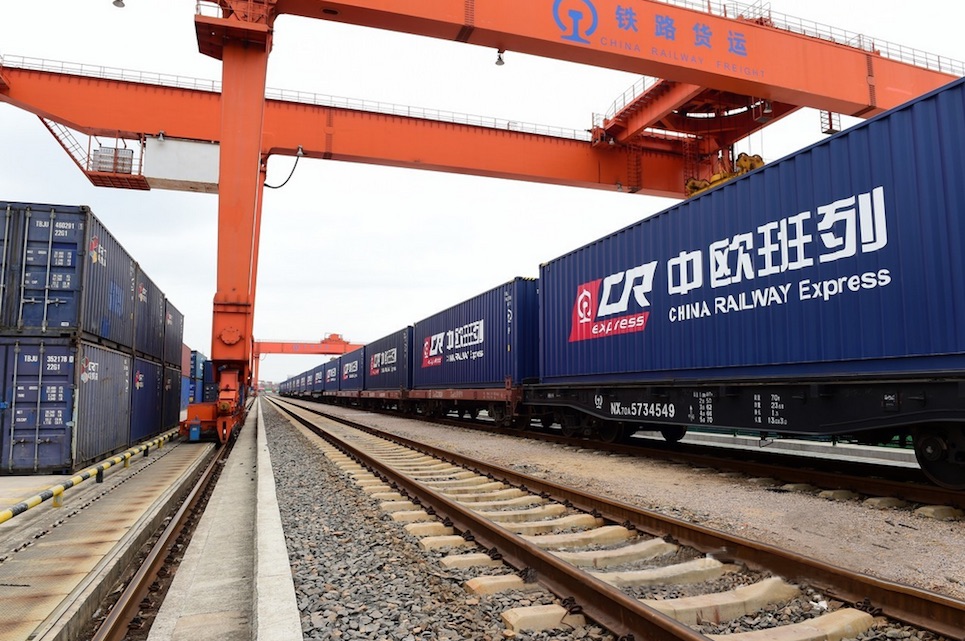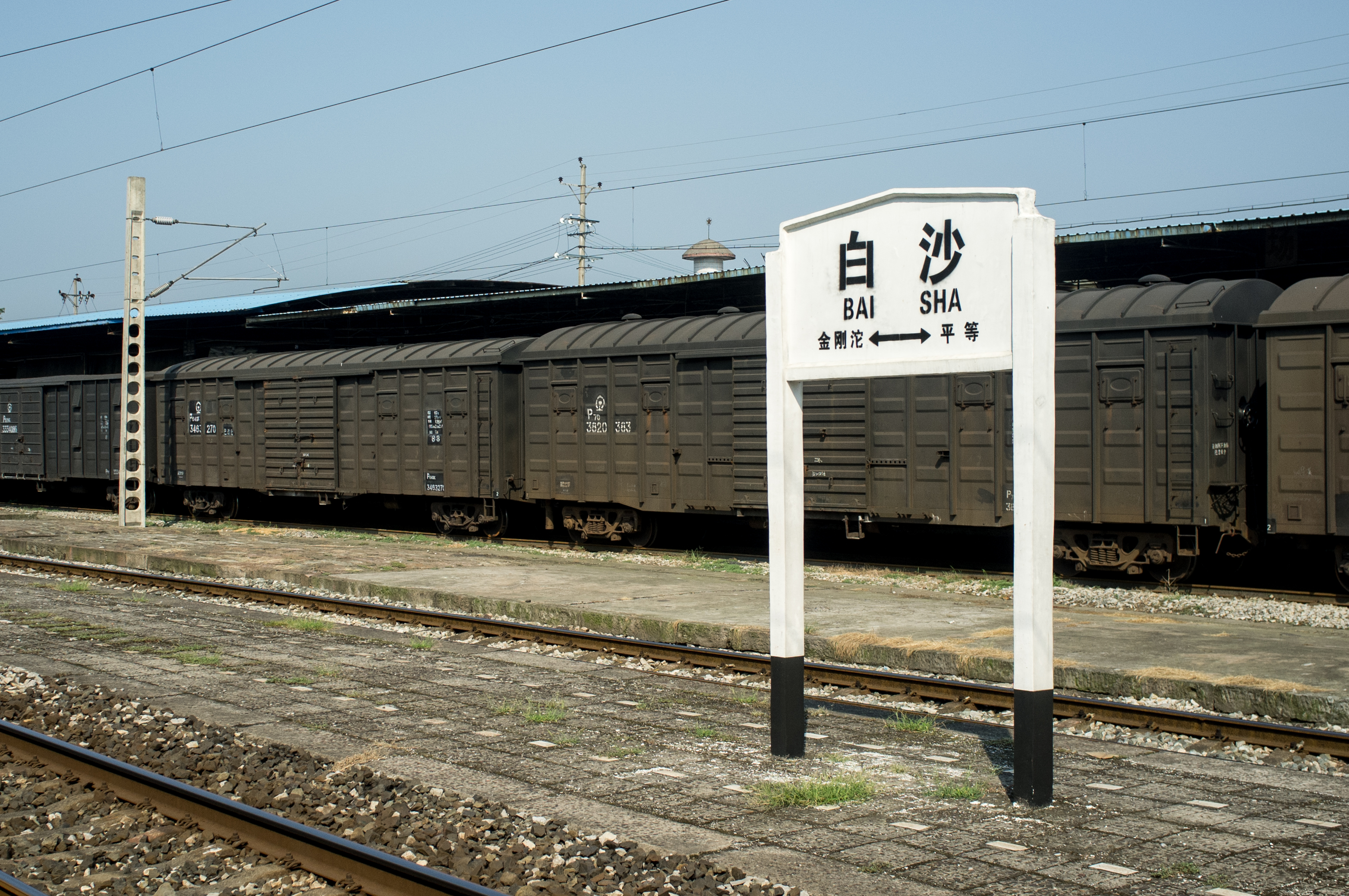Only 5 hubs in China for New Silk Road traffic: a market response

China’s National Development and Reform Commission is investing around 25 million euros to support five cities in becoming New Silk Road hubs. These cities are Chengdu, Zhengzhou, Chongqing, Xi’an and Urumqi. The investment is aimed at promoting a hub-to-hub system for the China-Europe Railway Express service. It was a clear message to the market which cities will have the priority in the near future.
The Chinese authority made the announcements on 6 July this year, however, there has not been much done so far. Nevertheless, the bold step has been a debated topic in the Chinese logistics industry. RailFreight.cn interviewed several industry insiders anonymously to hear their different views.
Why these cities?
Initially, there were clear standards set out for the selection of the hubs. These were the following:
- the location had to be advantageous and clearly identified as a national hub already;
- there had to be a foundation for infrastructure, including container terminals and railway shunting facilities. It had to be multimodal, have customs supervision and other requested logistics facilities;
- the city had to have a strong economic background, with a GDP greater than 75 billion euros and provincial import and export volumes greater than 37.5 billion euros;
- the city had to meet high operational standards, relatively mature overseas operations and play a role in freight distribution, consolidation and transport-trade integration.
Strictly judging from the statistics, these five cities clearly stand out. In the first half of 2020, a total of 5,122 trains were launched to Europe by more than 50 cities in China. The total volumes of the selected five cities reached 4,003 trains, accounting for more than 78 per cent of the total. Xi’an clearly ranked first, with 1,667 trains.
Text continues below the image

This being said, in the actual selection process many other factors influenced the final selection of these five cities, according to industry experts. One person said: “There are rumors saying that when the central government was conducting the preliminary research, the information was leaked to some of the platform companies. This made them compete harder in the first half of the year. In the final phase of the selection, some indicators were added, such as whether the national leaders have visited the platform companies or not, which led to a totally different result.”
Another person noted: “I was very surprised that Urumqi was selected. If we talk about shipment volumes, Urumqi’s volume is too small. Hefei failed to be elected, which is also quite unexpected. 10 per cent of the world’s notebook computers are produced in Hefei. Although the production volumes in Hefei are not so large, the quality is guaranteed.”
What is a hub?
Another debate is around the actual definition of a hub. Wu Jingyu, Director of the Asia-Europe Continental Bridge (AECB) Coordinating and Service Center for International Classes of China Transport Association (CATA), mentioned in an interview with New Silk Road Discovery that the hub should be distinguished from nodes or just inland terminals. The inland port forms an international inland economic center, while the hub should be a more specialised international logistics service platform.
In Wu’s opinion, the selection of hubs should encourage cities to work more together than each operating their own China-Europe Railway Express. He expects less duplication of outbound routes, more high-quality routes and less non-benign competition in the market.
Text continues below the image

However, with Chengdu and Chongqing only three hundred kilometers apart, one of the respondents wonders how they would differentiate. Another person notes: The role of a hub should be radiation in the region, to have a good distribution network, access to the road network, cheap prices and an adequate fleet. But now Chengdu, Xi’an and Chongqing are competing in train numbers. A hub should be focused on how to extend transportation to surrounding cities, not to Europe.”
The role of Urumqi as a hub, according to this definition, is also challenged. “Urumqi West Station used to be the largest railway hub in the country. All the containers from Central Asia were sent there, after which the goods were bundled and shipped to Alashankou/Khorgos port for export customs clearance. With the successful opening of the China-Europe Express in various mainland cities since 2016, the role of Urumqi’s distribution center became less important. It remains to be seen how it will play this role in the future.”
How much is 25 million euros?
In addition to the controversy over the selection process and the interpretation of the term ‘hubs’, the 25 million euro subsidy from the government has also become a hot topic. As the China-Europe Express relied heavily on government subsidies at the beginning of its service, it is clear that the 25 million euro subsidy cannot support the building of five hubs.
In an interview with the European Times, Wu Jingyu also said that the purpose of this fund is to fill the gaps and encourage local and social investment, in order to stimulate the volumes of China-European rail freight. Some industry players have expressed their disagreement over the amount.
“25 million seems a lot, but if you use it on trains it is simply not enough. These issued subsidies are just meaningless. There must be other supporting policies introduced in the future. I’ve heard that five companies can receive a couple of million each, perhaps Urumqi could get more, and Zhengzhou relatively less.” Another person added: “The subsidised rate for traffic from Europe to China is lower than the rate of trucking a container from Chengdu to Shanghai. The situation itself is a joke.”
Text continues below the image

How will these subsidies be used?
The Financial Department of Chongqing issued a special fund of 5 million euro for the construction of the China-Europe Express hub in the city. The money will be mainly spent on connecting the current terminal with the sidings, construction of the customs inspection area and digitalisation of the terminal. The money will be spent on upgrading some of the existing infrastructure, but how much change can be accomplished is yet unclear.
Previously, the government used to subsidise the China Europe Express directly, and mainly through local governments. However, at present, the China-Europe Express has changed from high-speed development to high-quality development, and the subsidy model needs more comprehensive and deeper consideration.
At present, there is no dedicated infrastructure investment for the China-Europe Express, in China or abroad. In some places in China, the original railway stations have been rebuilt and expanded, and customs ports have been added in some places, but this investment is not a project in the name of the China Europe Express.
This is also the case abroad, for example, the modernisation and upgrading of railways in Poland is part of the upgrading of the Trans-European 6th Corridor. Russia’s investment in railways and stations in the Far East is also aimed at upgrading the Trans-Siberian Railway in order to increase the efficiency of rail operations and attract more transit traffic. Investment in infrastructure development may be a way of efficient government involvement.
Author: Jialu Zhang & Huilin Shi
Translation: Anqi Deng
You just read one of our premium articles free of charge
Want full access? Take advantage of our exclusive offer





